
© Robert E Wallace/USGSScientists has discovered that continental drift could be accelerating, research will now focus on trying to determine why.
The movement of Earth's major continental tectonic plates is speeding up, suggests a new study.
The study, presented at the
Goldschmidt Geochemistry Conference in Sacramento California, challenges the idea that the rate of plate movement remains stable.
"This is quite mind boggling," says Professor Kent Condie of the
New Mexico Institute of Mining and Technology, who led the study.
"It's different from what most people thought because Earth is cooling and everybody assumed plate movements would slow down."
Continental drift is caused by heat deep in the planet, driving the convection of material in the Earth's mantle.
The eight major and numerous minor tectonic plates on the planet's surface are moved by these convection currents.
Condie's research, which has been submitted for publication in the
Precambrian Research Journal, examines how supercontinents assemble and break up.
To identify how continents have moved, Condie and colleagues looked at the geomagnetic record in the Earth's crust to see how much it has changed over time.
The researchers found the frequency with which continents have been colliding has been increasing over at least the last two billion years maybe longer.
They also found the a rate at which new supercontinents form has been increasing, and the length of time ocean basins last has been decreasing.
"All of these lines of evidence indicate plate tectonics is speeding up, not slowing down," says Condie.
Why continental drift is accelerating, however, is a mystery, says Condie.
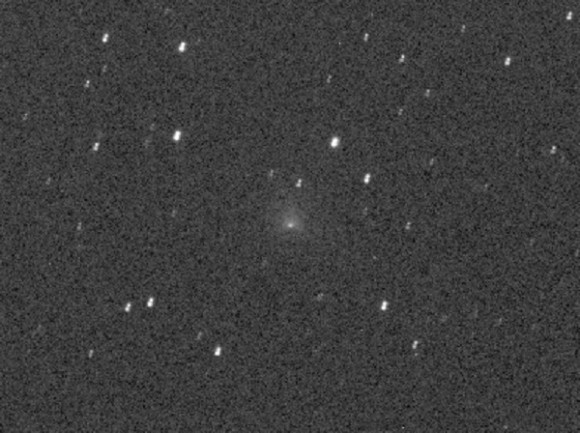
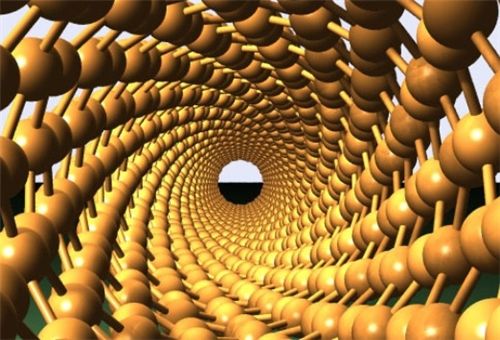


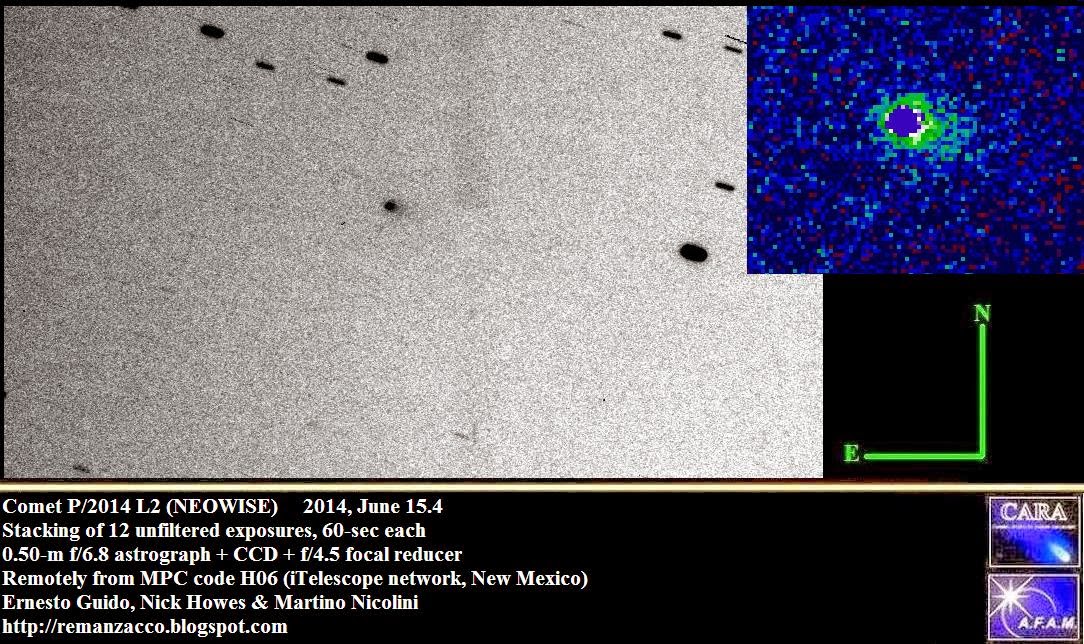



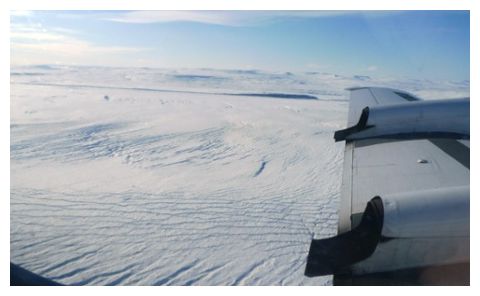
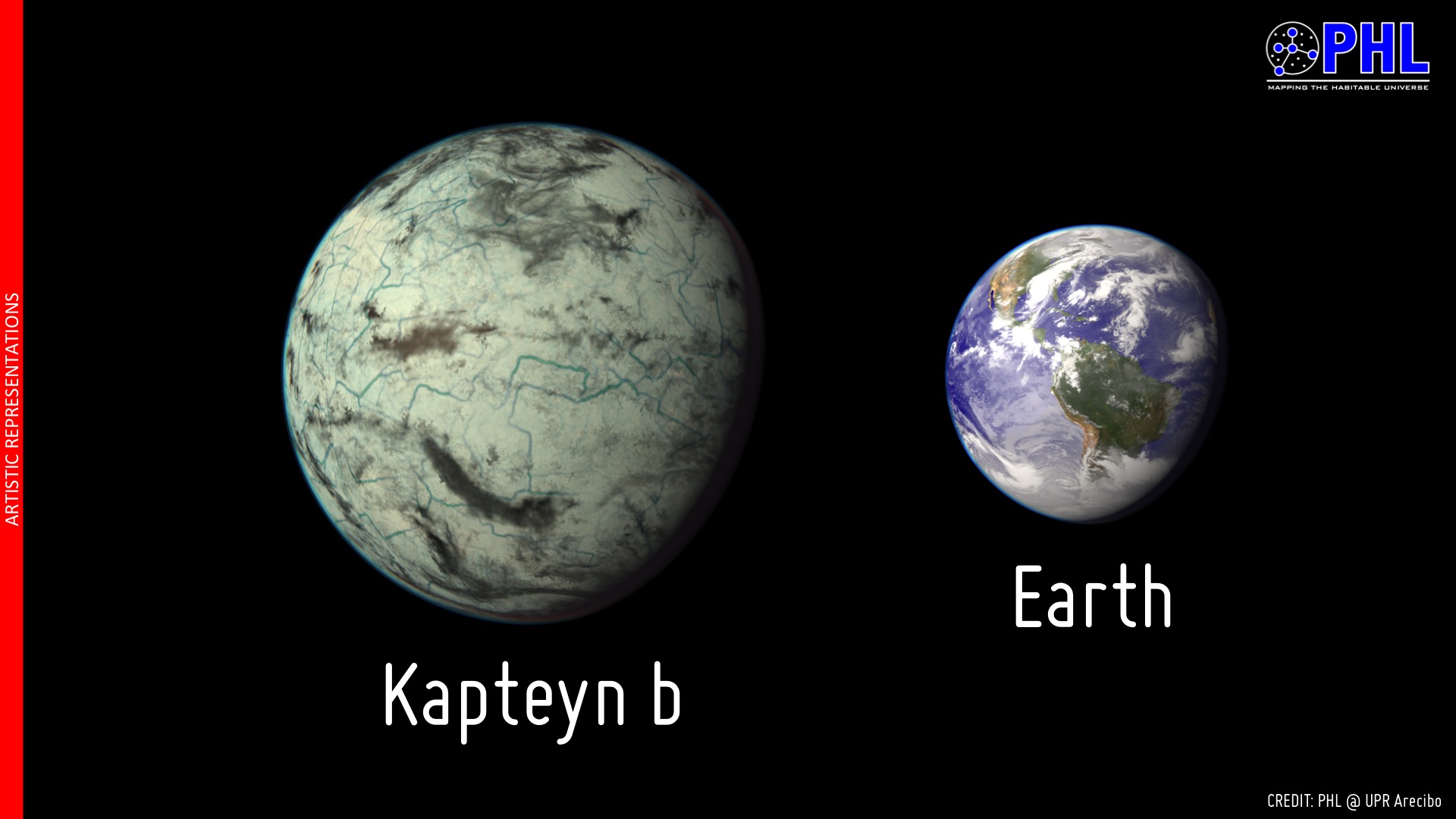



Comment: The Obenberger team and New Scientist seem to be behind times, perhaps this stems from being loyal to mainstream models? The team should read Pierre Lescaudron and Laura Knight-Jadczyk's new book, which drops plenty of explanations from the winning Electric Universe model. Demystifying phenomena like how fireballs not only produce VLF radio waves but also electrophonic phenomena which make simultaneous seeing and hearing of fireballs possible (despite being too far removed by the speed of sound), a possible source for the strange sounds heard all over the world these latest years. These and many other not commonly acknowledged interactions of our plasma rich universe, are explained there in perfectly sound and ordinary terms, such as lightning.